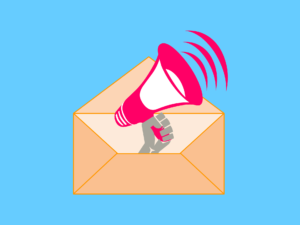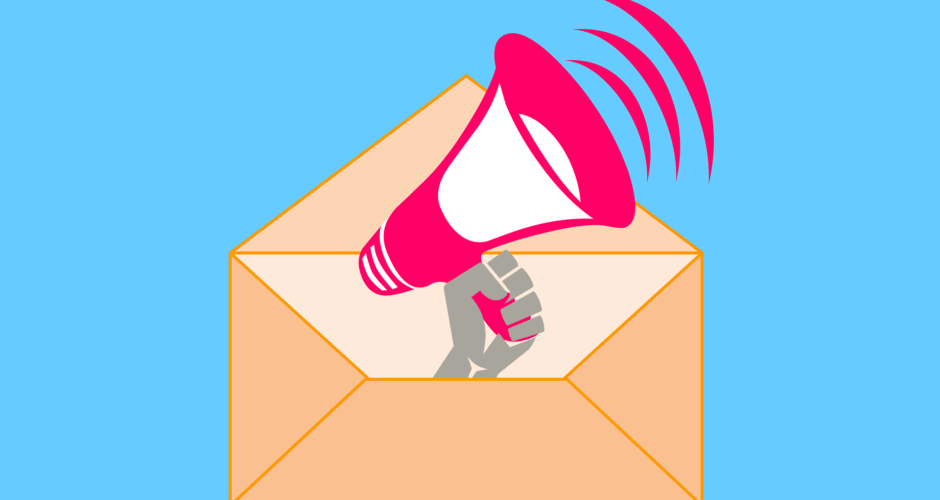Congratulations! Your lead generation efforts have helped you build a solid email list. But that’s just the beginning. Now you’ve got to turn those leads into actual customers. How? Through effective lead nurturing. Often called a drip campaign, this schedule of triggered emails is designed to pull your leads through the funnel, driving conversions and sending them into the next cycle of repeat customers. Ready to get going? Here are five fast facts about lead nurturing you need to know NOW.
1. Start Immediately
Ideally you’re running a double opt-in lead generation campaign that sends an automatic email to validate a new address in your database. While technically not part of your lead nurturing efforts, it does set the stage for your subsequent sends, so take time to customize this initial email. After that? Within 24 hours of the double opt-in confirmation, you should be sending your first true lead nurturing email, which delivers on your lead offer (if you had one) and reminds leads why they joined your list in the first place.
2. Personalize Everything
Your lead nurturing customization options will vary based on what you asked for in your lead generation campaign. It’s a trade off between asking for less information to get more leads, and asking for more to get fewer, more qualified leads who are easier to convert. Personalization starts with the subject line, where you can add their name if you know it, and extends to name inclusion in email body copy and all the way to dynamic content based on their preferences. The point of all this personalization? Use what you know to stand out in the inbox and start selling.
3. Map Your Customer Journey
A good lead nurturing strategy follows a natural customer (or almost customer) lifecycle as they consider, research, purchase, experience and purchase again. (We hope!) Invest in research as to what your current customers do, and apply this to your new leads. Consider how long it takes someone to make their first transaction, and what the hurdles might be. Look as length between subsequent purchases and the factors that can make that longer or shorter. Develop content for each of these stages and time your lead nurturing emails to help leads along the path to purchase.
4. Automate Wherever Possible
We strongly advocate for generating leads without landing pages…but once you move on to lead nurturing, it’s time to drive traffic to your website. Landing page or not, you want to know what these leads are visiting and clicking on your site. This allows you to set automated trigger emails based on whether or not they opened their last email; if they visited the site but didn’t get very far; if they added a product to the cart but never completed the purchase; and many, many other scenarios unique to your industry or business. The bottom line is, you don’t want to have to think about it and waste time manually sending these emails. You need specific action (or inactions) to trigger an email automatically.
5. Create A Clear Call To Action
Seems obvious, but it’s also worth repeating: give these leads one single focus! Repeat the call to action as often as needed, but make sure what you want them to do is clear. Their only option should be to click; don’t distract them with other messages or buttons leading to less valuable content.
Implement these tips today and you’ll be well on your way to nurturing leads into converting customers. Need a little help building that lead pool? Let us show you how to generate leads without landing pages.

